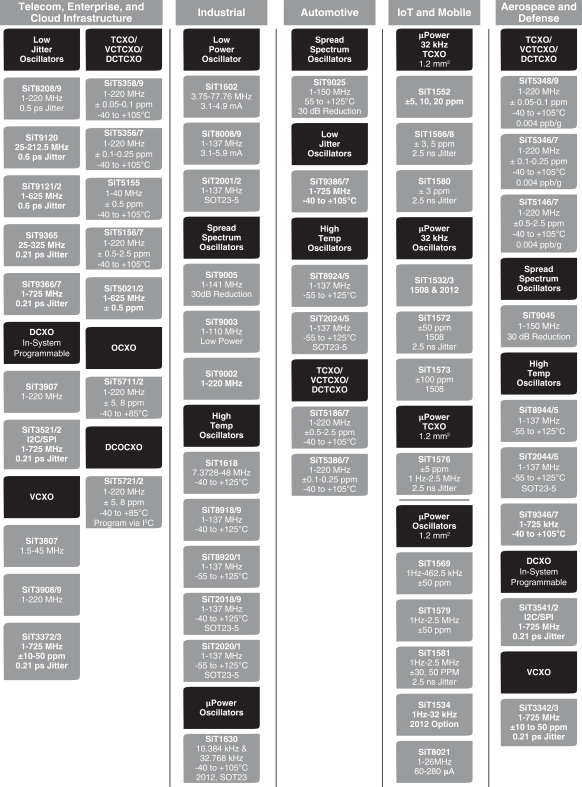Our loan agreements contain certain restrictive covenants that may limit our operating flexibility.
Our loan agreements contain certain restrictive covenants that either limit our ability to, or require a mandatory prepayment in the event that we, incur additional indebtedness, merge with other companies or enter into or consummate certain change of control transactions, acquire other companies, make certain investments, transfer or dispose of assets, amend certain material agreements, or enter into certain other transactions. We may not be able to generate sufficient cash flow or sales to pay the principal and interest under our outstanding debt obligations. Furthermore, our future working capital, borrowings, or equity financing could be unavailable to repay or refinance the amounts outstanding under our current debt obligations. In the event of a liquidation, our existing and any future lenders would be repaid all outstanding principal and interest prior to distribution of assets to unsecured creditors, and the holders of our common stock would receive a portion of any liquidation proceeds only if all of our creditors, including our existing and any future lenders, were first repaid in full.
We may not be able to accurately predict our future capital needs, and we may not be able to obtain additional financing to fund our operations.
We may need to raise additional funds in the future. Any required additional financing may not be available on terms acceptable to us, or at all. If we raise additional funds by issuing equity securities or convertible debt, investors may experience significant dilution of their ownership interest, and the newly-issued securities may have rights senior to those of the holders of our common stock. If we raise additional funds by obtaining loans from third parties, the terms of those financing arrangements may include negative covenants or other restrictions on our business that could impair our operational flexibility and would also require us to incur additional interest expense. If additional financing is not available when required or is not available on acceptable terms, we may have to scale back our operations or limit our production activities, and we may not be able to expand our business, develop or enhance our solutions, take advantage of business opportunities, or respond to competitive pressures, which could negatively impact our revenue and the competitiveness of our products.
We may make acquisitions in the future that could disrupt our business, cause dilution to our stockholders, reduce our financial resources, and harm our business.
In the future, we may acquire other businesses, products, or technologies. Our ability to make acquisitions and successfully integrate personnel, technologies, or operations of any acquired business is unproven. If we complete acquisitions, we may not achieve the combined revenue, cost synergies, or other benefits from the acquisition that we anticipate, strengthen our competitive position, or achieve our other goals in a timely manner, or at all, and these acquisitions may be viewed negatively by our customers, financial markets, or investors. In addition, any acquisitions we make may create difficulties in integrating personnel, technologies, and operations from the acquired businesses and in retaining and motivating key personnel. Acquisitions may disrupt our ongoing operations, divert management from their primary responsibilities, subject us to additional liabilities, increase our expenses, and adversely impact our business, financial condition, and results of operations. Acquisitions may also reduce our cash available for operations and other uses, and could result in an increase in amortization expense related to identifiable assets acquired, potentially dilutive issuances of equity securities, or the incurrence of debt, any of which could harm our business, financial condition, and results of operations.
A portion of our operations is located outside of the United States, which subjects us to additional risks, including increased complexity and costs of managing international operations and geopolitical instability.
We outsource the fabrication and assembly of all of our products to third parties that are primarily located in Germany and Asia. In addition, we conduct research and development activities in the United States, the Netherlands, Taiwan, and Ukraine and work with third-party contractors in Japan and Russia. We also conduct marketing and administrative functions in the United States, China, Taiwan, and Ukraine. In addition, members of our sales force are located in the United States, China, India, Italy, Taiwan, the United Kingdom, and Ukraine. In addition, approximately 96% and 93% of our revenue for the years ended December 31, 2017 and 2018, respectively, was from distributors withship-to locations outside the United States, although we believe the
28

